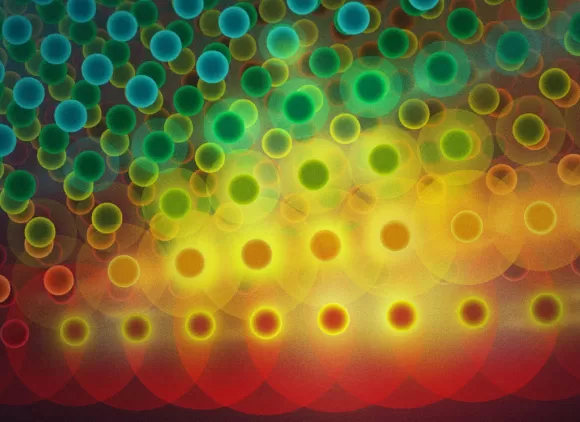About this event
The National Science Foundation's (NSF) Directorates for Computer and Information Science and Engineering (CISE) and Engineering (ENG), together with the Semiconductor Research Corporation (SRC), invite you to attend a webinar to learn more about the recently released solicitation, Secure and Trustworthy Cyberspace: Secure, Trustworthy, Assured and Resilient Semiconductors and Systems (SaTC: STARSS) (see http://www.nsf.gov/funding/pgm_summ.jsp?pims_id=105836).
Semiconductor-based hardware is integral to today's interconnected and intelligent systems -- from personal computers and mobile phones to transportation, financial, energy, and other critical infrastructure systems. As we increasingly depend upon these systems -- individually and collectively -- their trustworthiness, security, and reliability are more important than ever. At the same time, as semiconductors become more pervasive and more networked, their exposure to attack -- whatever the source or motivation -- also is growing.
Processes and tools for design and manufacture of semiconductors ensure that the resulting product does what it is supposed to do. However, they generally do not answer the question, "Does it do anything else?" To provide assurance and confidence in the trustworthiness, reliability, and security of electronic systems, strategies and techniques that incorporate security in all stages and levels of design and manufacture are needed. In addition, strategies and techniques to make semiconductors more difficult to counterfeit are needed. Incorporating such strategies and techniques will decrease the likelihood of unintended behavior or access, increase resistance to tampering and counterfeiting, and improve the ability to provide authentication throughout the supply chain and in the field.
The SaTC: STARSS solicitation is a joint effort of the NSF and SRC, and specifically seeks to support research on new strategies for architecture, specification and verification, especially at the stages of design in which formal methods are currently weak or absent, with the aim of achieving the goals noted above.
This webinar is designed to describe the goals and foci of the SaTC:STARSS solicitation, help investigators understand its scope, and answer any questions potential Principal Investigators (PIs) may have.
The Webinar will be held from 3:30pm to 4:30pm EST on Wednesday, January 15, 2014. Questions about the solicitation can be submitted in advance or during the webinar to satc@nsf.gov.
Please register at https://nsf.webex.com/nsf/j.php?ED=232887387&RG=1&UID=0&RT=MiMxMQ%3D%3D by 11:59pm EST on Tuesday, January 14, 2014.
After your registration is accepted, you will receive an email with a URL to join the meeting. Please be sure to join a few minutes before the start of the webinar. This system does not establish a voice connection on your computer; instead, your acceptance message will have a toll-free phone number that you will be prompted to call after joining. Please note that this registration is a manual process; therefore, do not expect an immediate acceptance. In the event the number of requests exceeds the capacity, some requests may have to be denied.
The webinar will be archived for later viewing and linked to the SaTC:STARSS program web page at http://www.nsf.gov/funding/pgm_summ.jsp?pims_id=504996&org=CNS&from=home. The archived version will be available within a few days after the webinar. If you have any additional questions or concerns, please contact satc@nsf.gov.
Please register by 11:59pm EDT on Tuesday, January 14, 2014. We cannot guarantee acceptance after this time.

